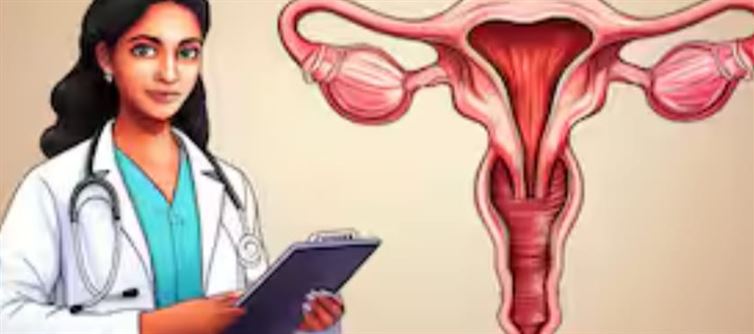
Endometriosis and cancer Risk
Endometriosis is often seen as a non-cancerous but painful condition affecting fertility and quality of life.
Research shows a small but meaningful link between endometriosis and two ovarian cancer types:
Endometrioid carcinoma
Clear cell carcinoma
While the risk is not universal, it is higher than in women without endometriosis.
Why the Risk Exists
Endometriosis lesions undergo repeated cycles of bleeding, repair, and hormonal stimulation.
This process creates:
Oxidative stress
Chronic inflammation
DNA damage that may accumulate over time.
Ovarian endometriomas (“chocolate cysts”) are the most concerning, especially if long-standing.
Such cysts have the potential to transform from benign to malignant.
Warning Signs to Watch
Growth of a previously stable cyst.
Change in pain patterns or worsening pelvic pain.
New symptoms such as:
Bloating
Early satiety (feeling full quickly)
Unexpected weight loss
In post-menopausal women, persistent ovarian cysts are particularly alarming due to loss of hormonal protection.
Monitoring and Prevention
Surveillance is crucial:
Regular imaging with ultrasound or MRI.
Suspicious or atypical cysts must be surgically removed and sent for histopathology.
Recurrent drainage of cysts does not eliminate diseased tissue and fails to reduce cancer risk.
Reducing Overall Risk
Healthy lifestyle habits may help:
Maintain a healthy weight.
Avoid smoking
Adhere to prescribed hormonal treatments.
These measures lower but do not eliminate risk.
🔹 Takeaway: Endometriosis doesn’t guarantee ovarian cancer, but its association—especially with endometriomas—requires vigilance. Prompt action, regular monitoring, and surgical caution are key to prevention




 click and follow Indiaherald WhatsApp channel
click and follow Indiaherald WhatsApp channel